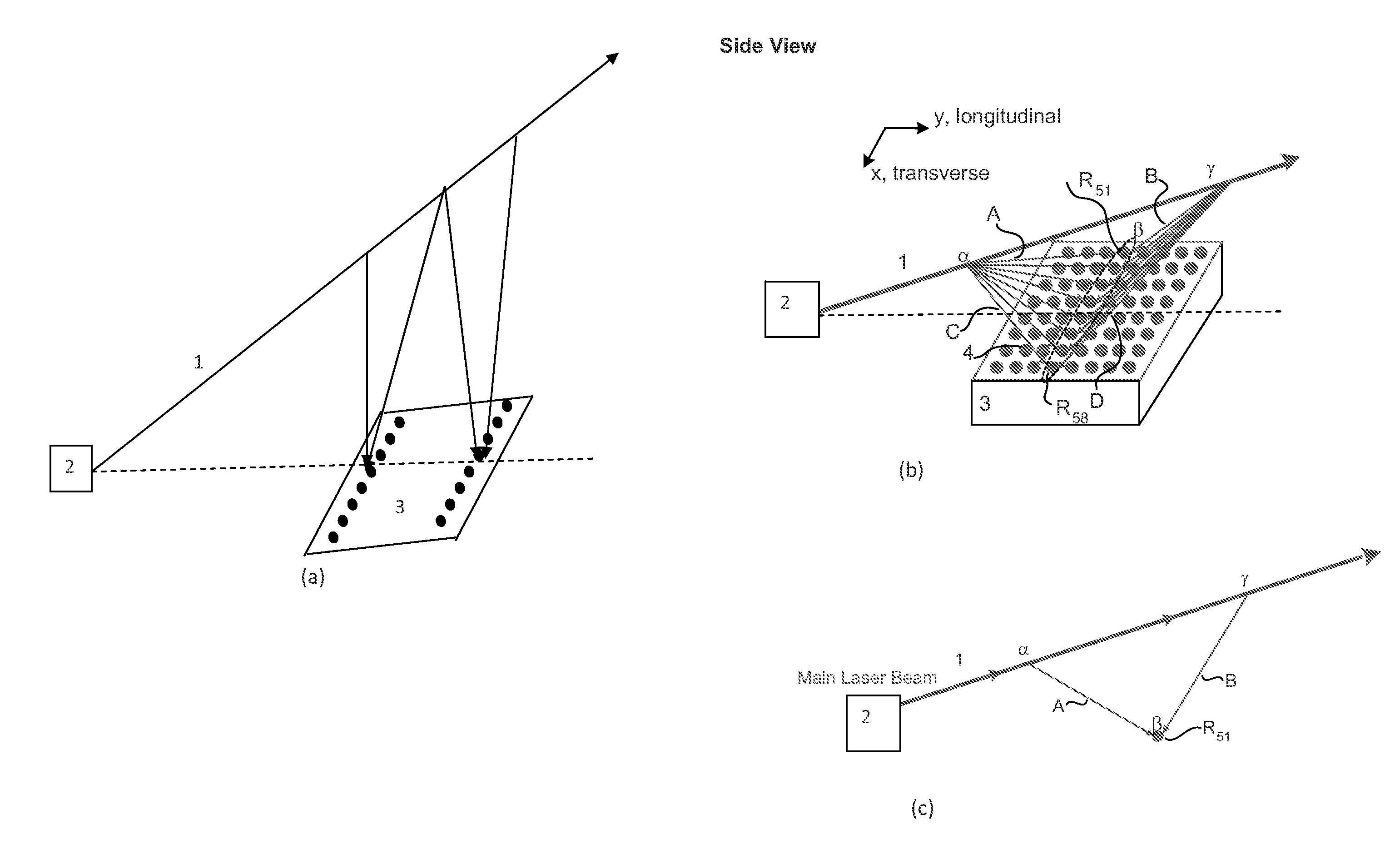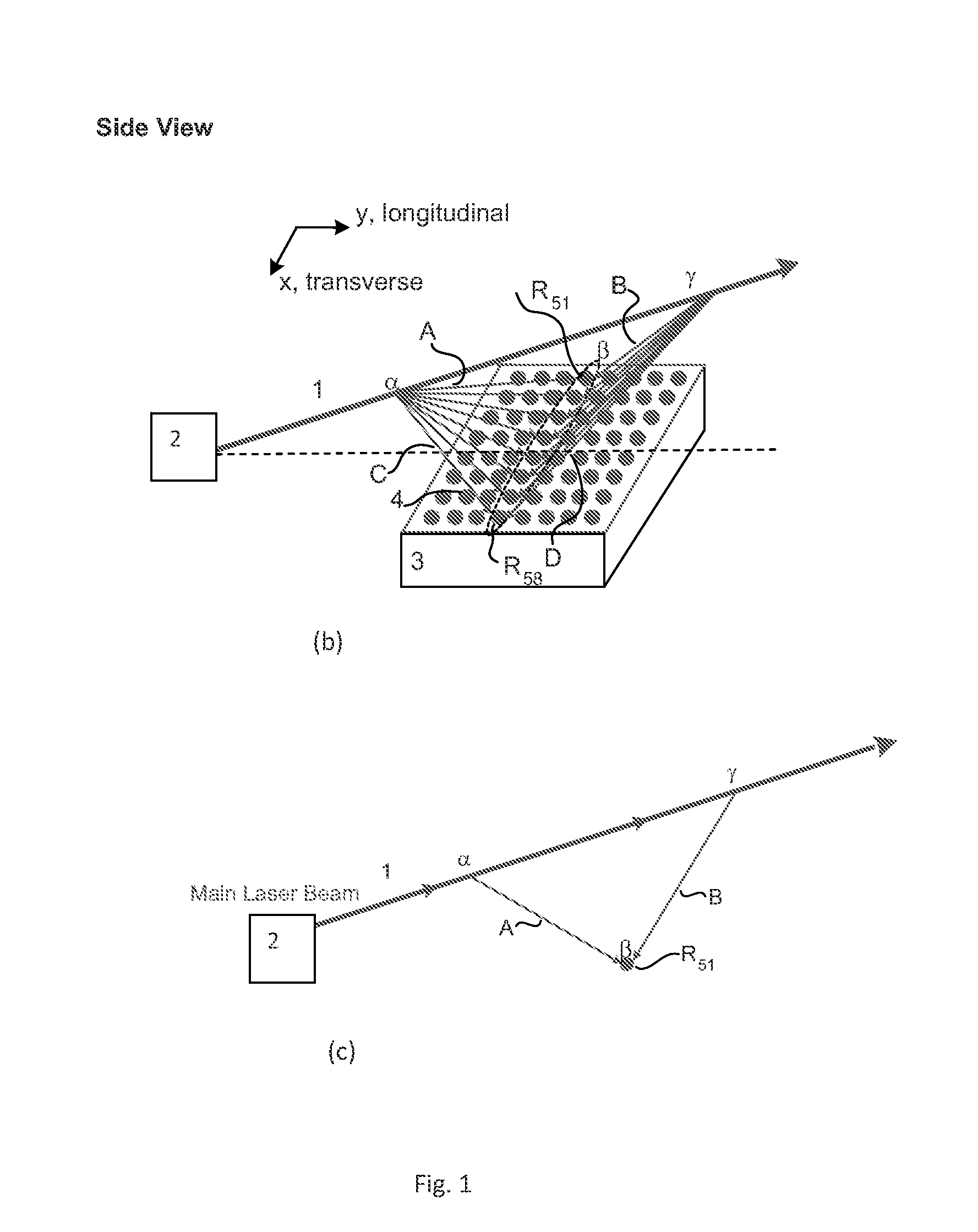Space diversity receiver for optical communications
a space diversity and optical communication technology, applied in the field of laser systems, can solve the problems of increasing complexity of electronics and power dissipation, challenging laser signal reception, and increasing overall nois
- Summary
- Abstract
- Description
- Claims
- Application Information
AI Technical Summary
Benefits of technology
Problems solved by technology
Method used
Image
Examples
Embodiment Construction
[0019]The present invention now will be described more fully hereinafter with reference to the accompanying drawings, in which the preferred embodiments of the invention are shown. This invention may, however, be embodied in many different forms and should not be construed as limited to the embodiments set forth herein; rather, these embodiments are provided so that this disclosure will be thorough and complete, and will fully convey the scope of the invention to those skilled in the art.
[0020]NLOS communications requires very sensitive receiving system, because of the small number of scattered photons that make their ways to the receiver and also a substantial solar background radiation that mask the signal light. Space-diversity via multiple aperture reception is an effective technique to mitigate the photon-starved transmission. An all-optical approach is disclosed here wherein multitude of transverse scattered optical beams captured by the multi-aperture array are combined first...
PUM
 Login to View More
Login to View More Abstract
Description
Claims
Application Information
 Login to View More
Login to View More - R&D
- Intellectual Property
- Life Sciences
- Materials
- Tech Scout
- Unparalleled Data Quality
- Higher Quality Content
- 60% Fewer Hallucinations
Browse by: Latest US Patents, China's latest patents, Technical Efficacy Thesaurus, Application Domain, Technology Topic, Popular Technical Reports.
© 2025 PatSnap. All rights reserved.Legal|Privacy policy|Modern Slavery Act Transparency Statement|Sitemap|About US| Contact US: help@patsnap.com



